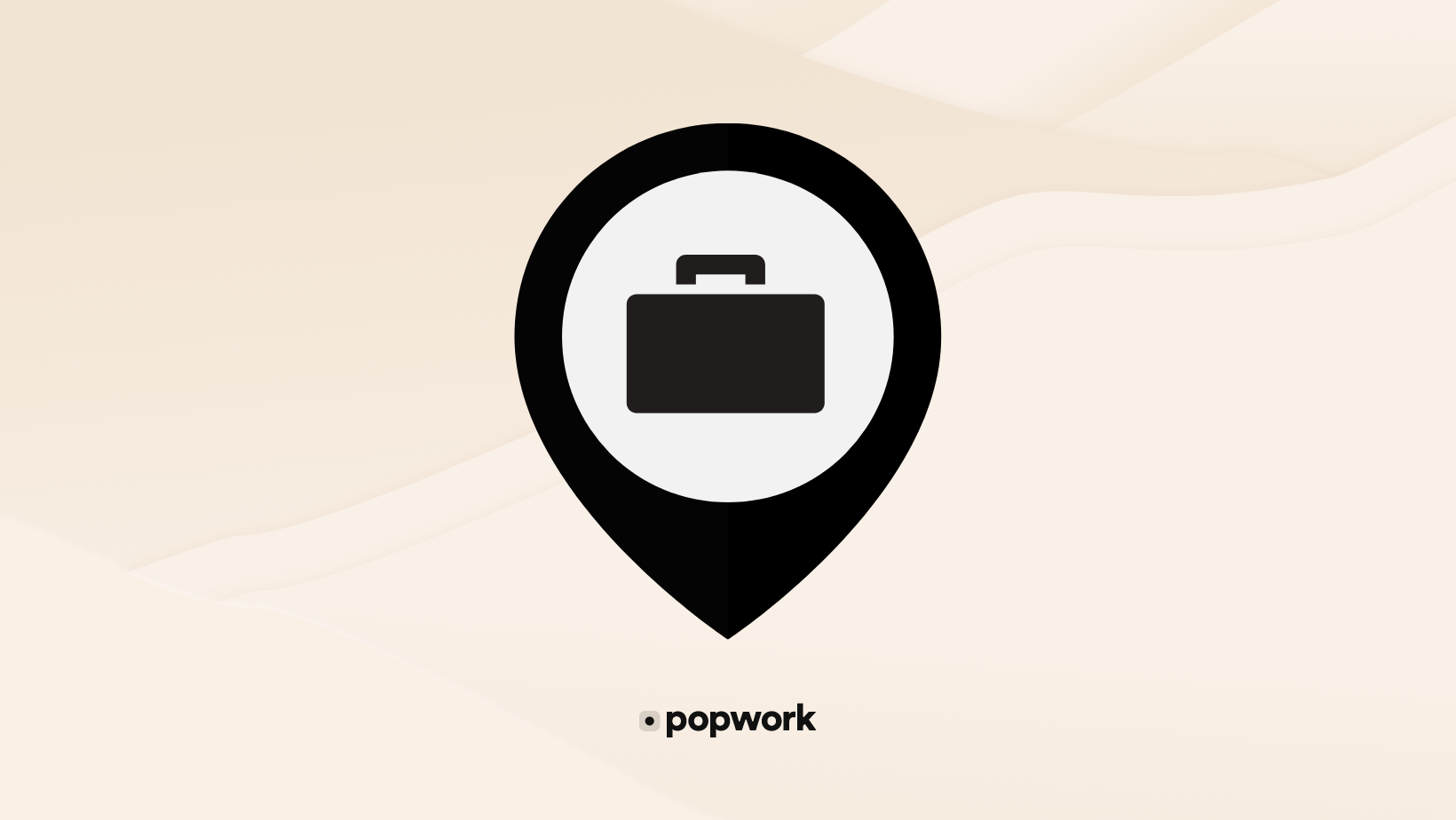"Flexible", "agile", "hybrid" are some of the buzzwords of the last few months that say a lot about the transformation of companies and the evolution of the employee experience. Each of them is intended to improve the well-being of employees, helping them to better reconcile their professional and personal lives, work and leisure.
The explosion in teleworking triggered by the pandemic has accelerated the arrival of a new ways of working, known as 'hybrid work'. Far from the traditional working day, it’s been replaced by a mix of working from home (or elsewhere) and working in the office. Hybrid working seems to be the most logical response of companies to the new expectations of employees:
According to Malakoff Humanis barometer 2021, 86% of French employees want to continue the remote work they have experienced during the various lockdown periods.
- According to a BCG/ Cadre Emploi study, 78% of French talents aspire to a hybrid work model allowing them to combine both working at the office and remotely.
So what are the benefits of hybrid work ? How can it be implemented in the company without making mistakes?
The benefits of hybrid work
Combining office and home offers many advantages for both employees and the company, as it often allows to have the best of both worlds.
More specifically, hybrid work allows to :
- Consolidate the benefits of teleworking, which has proven to be successful during the pandemic. Remote work is said to have increased employee productivity by 22% and reduced absenteeism. It has also increased motivation, empowerment, autonomy and flexibility of employees who can now better manage their time.

-
Avoid the feeling of isolation, stress and anxiety among those who used to work fully remote. As teleworking is not for everyone, hybrid working seems to be a perfect compromise. 63% of French respondents want to have a maximum of 2 days of telework per week, says the Malakoff Humanis study. Same figure for the Cetelem study: French employees would like to telework an average of 2.3 days per week. And this wish does not only concern the youngest employees: those aged 35 to 49 would also like to work from home about 2.5 days a week.
-
Reduce real estate costs : as employees are no longer 100% in the office, companies can take advantage of the opportunity to move to smaller locations while rethinking their workspaces and the employee experience, with more collaborative and open spaces. The few days spent in the office allow employees to reconnect with the team.
Have access to company data at all times and ensure greater continuity of work with digital tools. -
Increase the attractiveness of the company, especially to younger employees who expect flexibility from managers. Companies are increasingly aware of this and do not hesitate to explain their new way of working when recruiting. For example, Axa has launched its "Smart working" strategy and encourages its employees to "personalise their way of working". "Who better than you can determine the way you work best? That's why we trust you not only to share your ideas, but also to choose where and how you want to work, whether at home or in the office, in a small start-up or a large team," says the Axa website.
How to implement hybrid work properly and avoid its pitfalls?
The transition from the traditional to the hybrid model needs to be well thought of to be successful. The company must be particularly aware of the following aspects:
- Technology is key. Office equipment, IT, cloud and information storage, data exchange must be 100% operational, reliable and intuitive. The digitalisation of processes is one of the priorities of a company today. Working remotely requires new tools or equipment to remain productive. Synchronise with your employees by listing the tools that are essential for their comfort and make sure that they are in the best conditions to work from home.

-
Managers need to take a step back from the way they manage and be aware that trust, empathy, communication and benevolence are qualities that have become essential and that they do not prevent performance, on the contrary! These qualities can unite the team even remotely and can avoid situations of tension (which can be increased tenfold with the distance), and increase the productivity of employees, who will feel supported, understood and supported.
-
It is important to take into consideration the constraints of each person. The day-to-day of employees has changed in most cases. Their timetable needs to be adapted to the rhythm of hybrid work to make the most out of it. As a manager, you can bring this up during your weekly reviews by asking for example "Are you comfortable with your current way of working?", "What are the main positive points of hybrid working for you?" This will give you a clearer picture of where your team stands. Such questions and feedback can be asked regularly with a tool like Popwork.

- Finally, the office tends to be completely redesigned. When employees come back to the office, they want to find an environment that enables both collaboration and focus. It is therefore a question of finding the right balance between spaces for communication and conviviality for teams (celebrating successes, holding workshops, etc.) and more quiet spaces for individual work.
Beware, the hybrid model cannot be set up overnight ! Don't forget to involve your employees in the process, so that they can participate and feel comfortable with the change.

